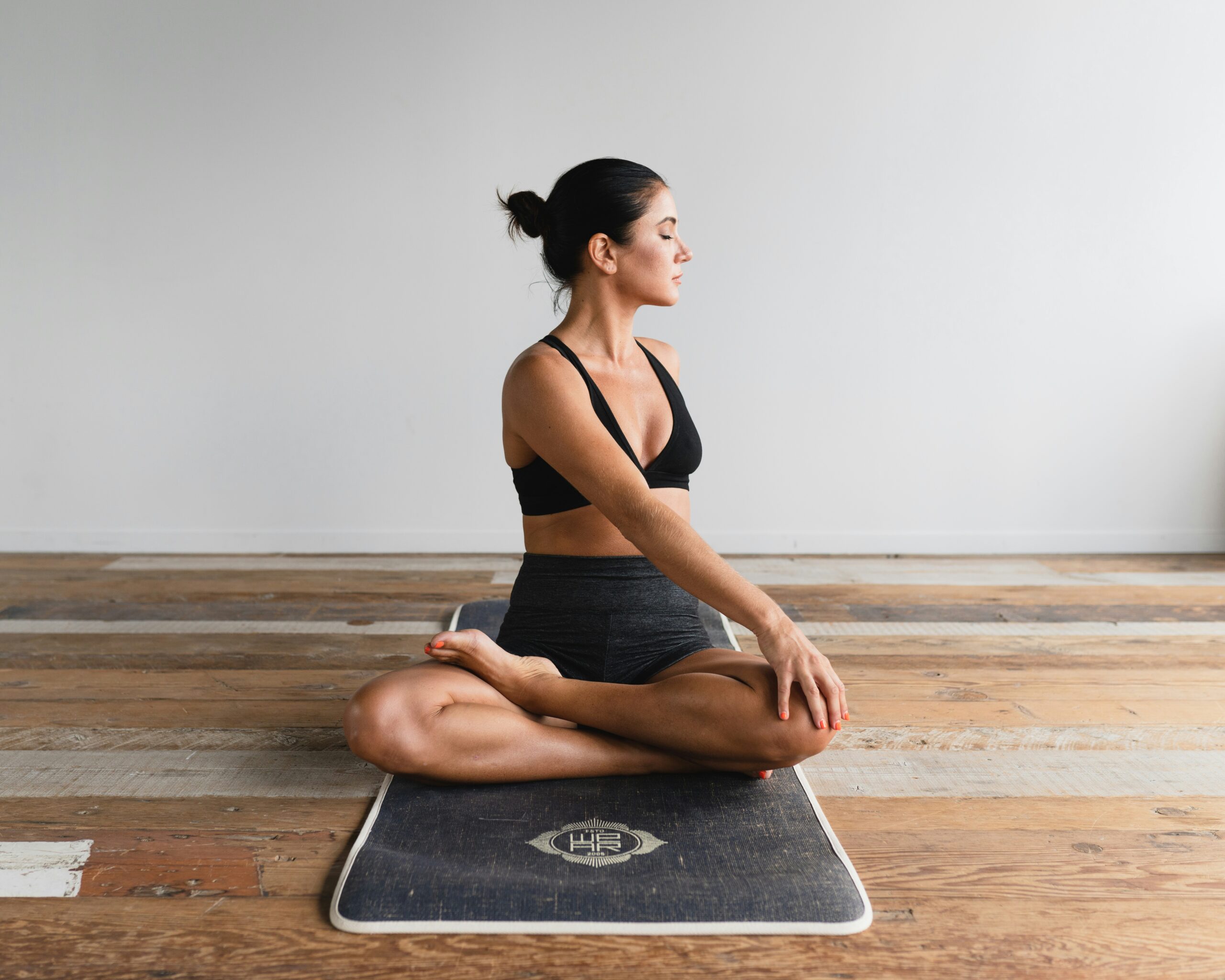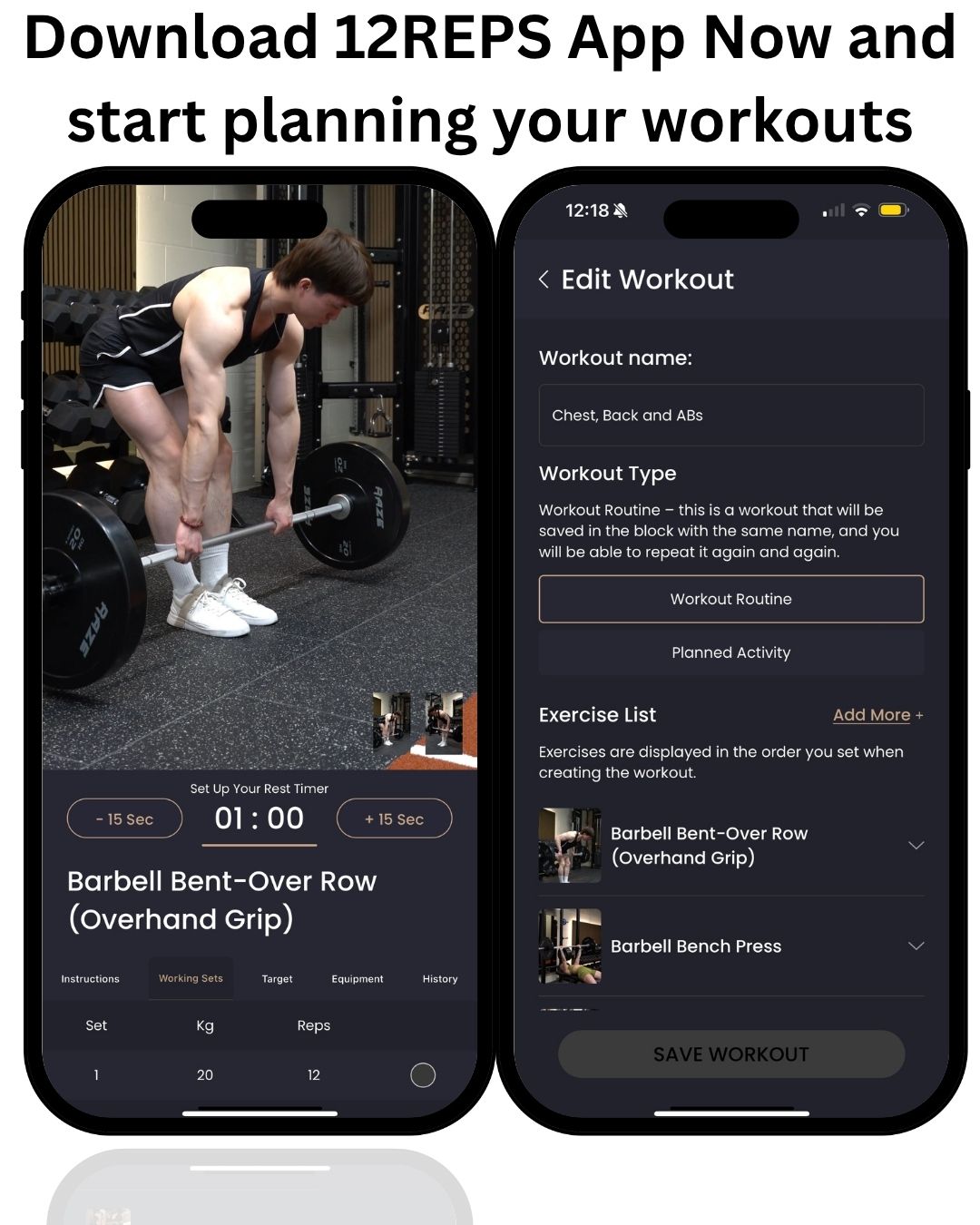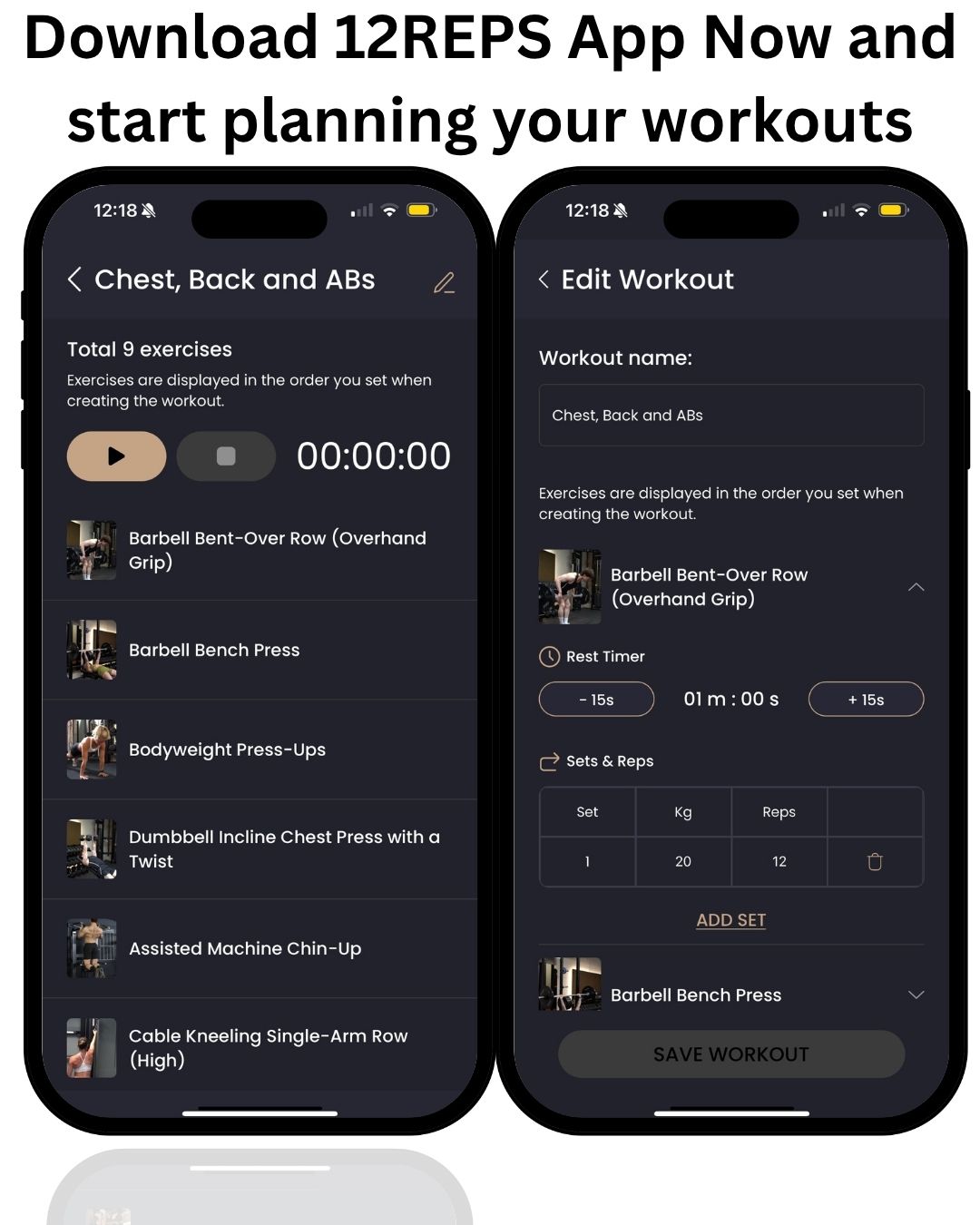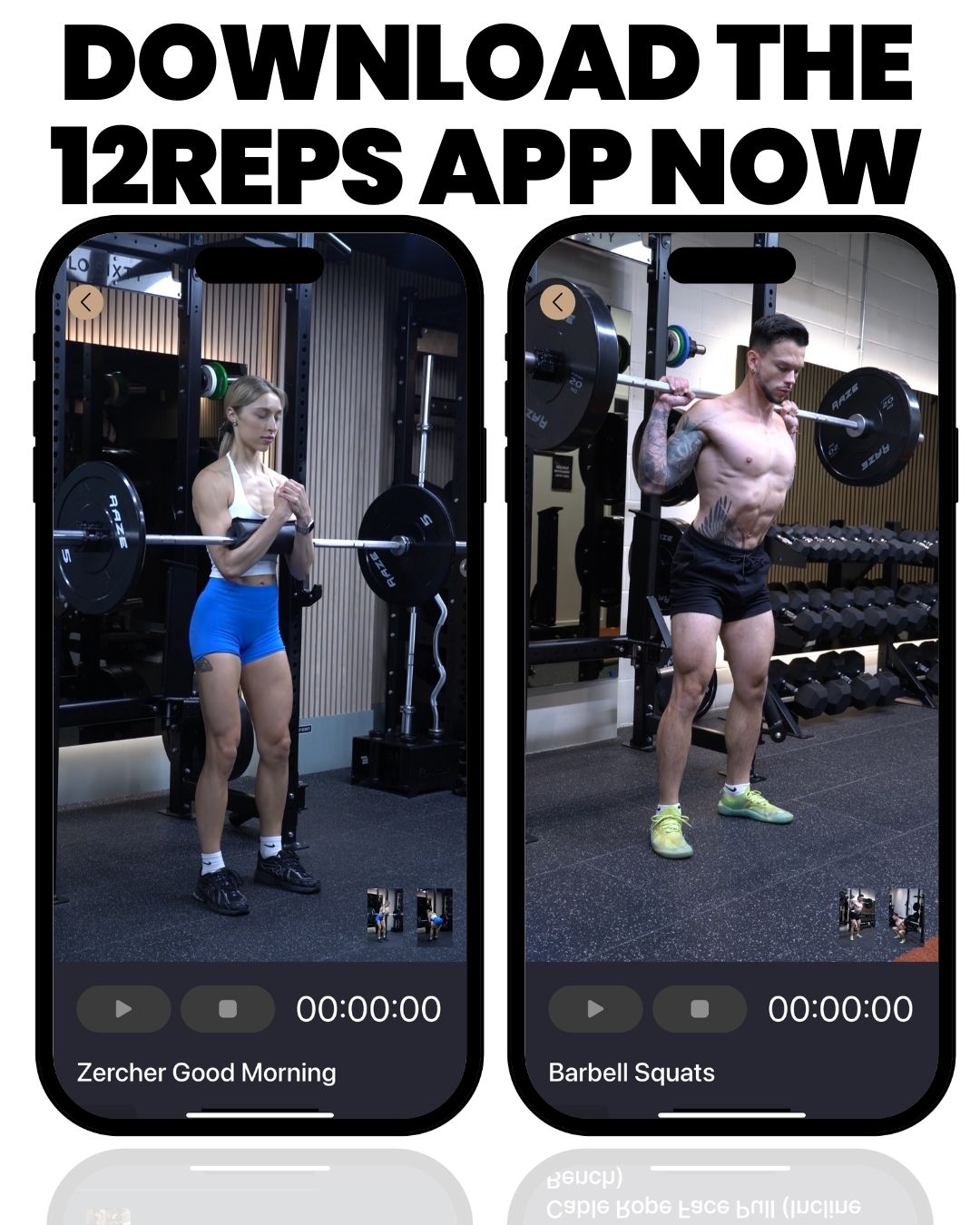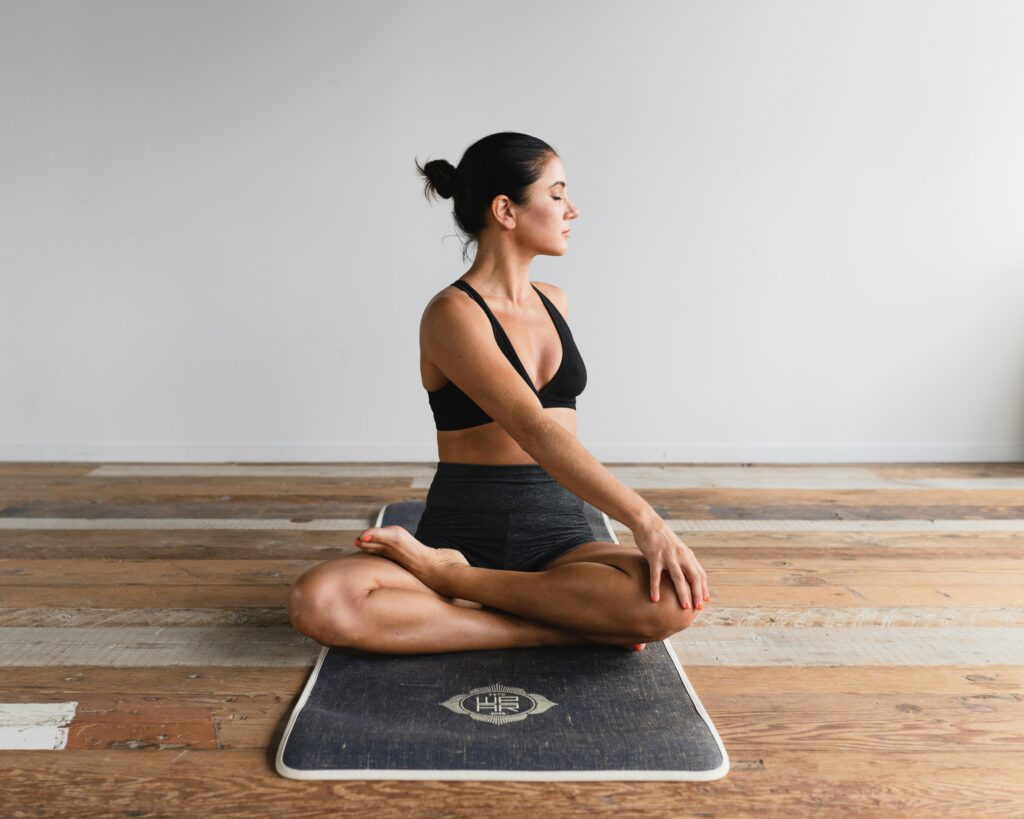By Will Duru, BSc (Hons) Sport and Exercise Science, Award-winning Personal Trainer with over 10 years of experience in strength training and optimising recovery.
You know the feeling. You’ve been sitting at your desk for hours, lost in your work. Or maybe you’ve just finished a long drive. You finally push your chair back and stand up, and it comes out: a low groan. It’s the sound of stiffness in your lower back, a tightness in your hips, and a crick in your neck. That groan? That’s your body crying out for movement. As a personal trainer who has worked with hundreds of men and women in their 40s, 50s, and beyond, this is the most common complaint I hear. It’s the physical price we pay for our modern, sedentary lives.
I want to be very clear about something: this isn’t just a minor inconvenience. As we get older, the effects of sitting for long periods become much more serious. Our muscles and the connective tissues that surround them literally begin to shorten and tighten. The powerful muscles in the front of your hips, called the hip flexors, become short and stiff. The large muscles in your backside, the glutes, essentially “turn off” from lack of use. Your chest muscles tighten, pulling your shoulders forward into that familiar slouched posture. This isn’t just about feeling a bit stiff. Over time, this can lead to chronic back pain, a higher risk of injury when you do exercise, poor posture that affects your confidence, and a significant reduction in your performance, both in the gym and in life.
But I have some good news. I’m here to offer you the antidote. It’s not some complicated, time-consuming program that requires expensive equipment. It is a simple, incredibly effective 15-minute routine that I have perfected over years of working with clients just like you. I designed this routine specifically for a body that’s 45 or older, to gently and safely undo the damage of a day spent sitting. You can do it anywhere—in your living room, in a hotel room, or even in your office with the door closed. I want you to start thinking of this routine as an essential part of your complete fitness plan, just as important as your strength training sessions or your weekly cardio. This is your daily maintenance. This is how you keep your body feeling young, mobile, and pain-free.
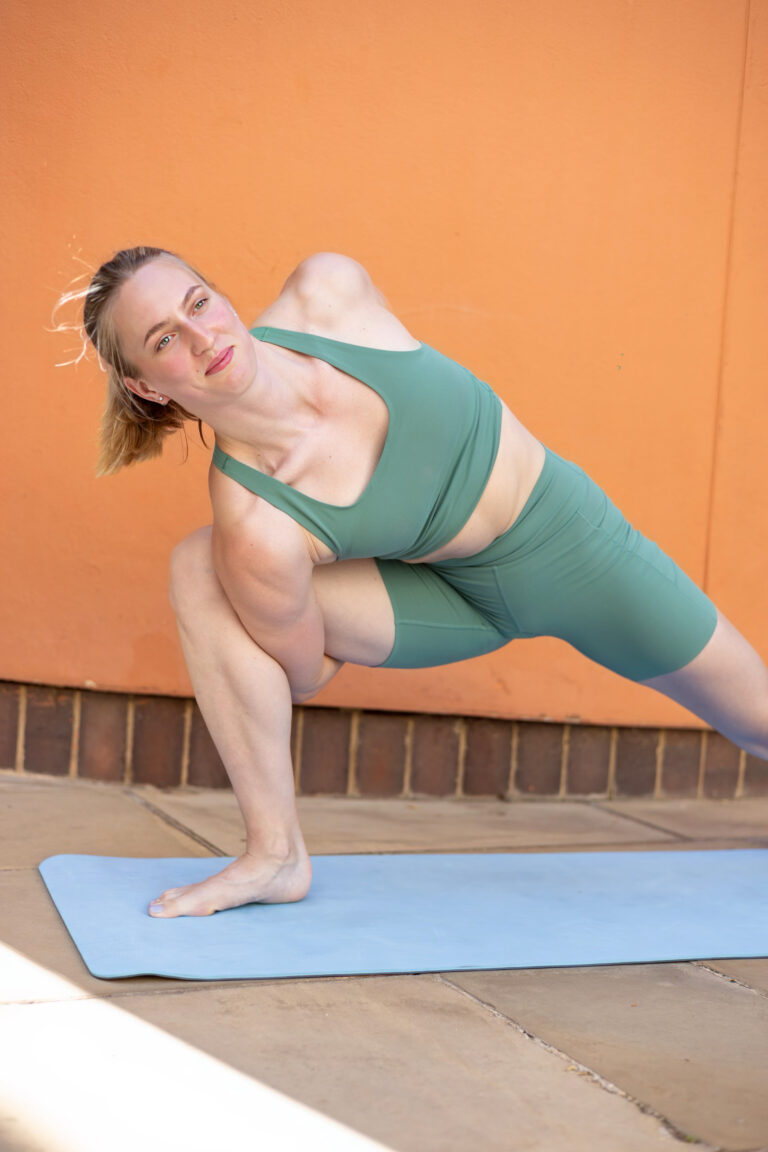
The "Why" Behind This Routine: Understanding Mobility vs. Flexibility
Before I walk you through the routine itself, it’s really important to me that you understand why you’re doing it. In the fitness world, you hear the words “flexibility” and “mobility” thrown around a lot, and most people use them interchangeably. But they are not the same thing, and the difference is critical to understanding how to move well and feel great as we age. I need you to grasp this concept because it’s the foundation of my entire approach to lifelong fitness.
Let me explain it with a simple analogy I use with all my clients. Imagine you have a rope. Flexibility is the ability of that rope to be stretched. It’s a passive quality. If you can take the rope and pull it so it gets longer, it is flexible. In your body, flexibility is the ability of your muscles and connective tissues to lengthen passively. When you sit in a hamstring stretch and pull on your foot, you are testing your hamstring’s flexibility.
Now, let’s go back to that rope. Mobility is the ability to take that rope and swing it around your head in a big, smooth circle, completely under your own control. Mobility is active. It’s about the ability of a joint to move through its full, intended range of motion with strength and control. It requires not just flexible muscles, but also strong muscles and a healthy, unrestricted joint.
So, flexibility is a component of mobility, but it isn’t the whole story. You can be very flexible but still have poor mobility. I’ve seen gymnasts who can do the splits (amazing flexibility) but have pain when they try to do a deep squat because they lack control in their hip joints. As we get older, we tend to lose both if we don’t actively work on them. Our muscles get tight (loss of flexibility) and our joints get stiff (loss of mobility). This routine is designed to address both.
Let’s connect this directly to your daily life. Good mobility in your hips is what allows you to get up from a low chair without using your hands for support. Good mobility in your shoulders is what helps you reach for something on a high shelf in the kitchen without a twinge of pain. Good mobility in your spine is what lets you turn to check your blind spot in the car without feeling like your whole body is made of concrete. This is true functional fitness. It’s about maintaining the physical freedom to do the things you love to do, for as long as you want to do them. That’s why I encourage my clients to schedule these mobility sessions right into their week using a tool like the 12reps app, just like they would any other important appointment. Because this is an important appointment—it’s an appointment with a more mobile, pain-free future you.
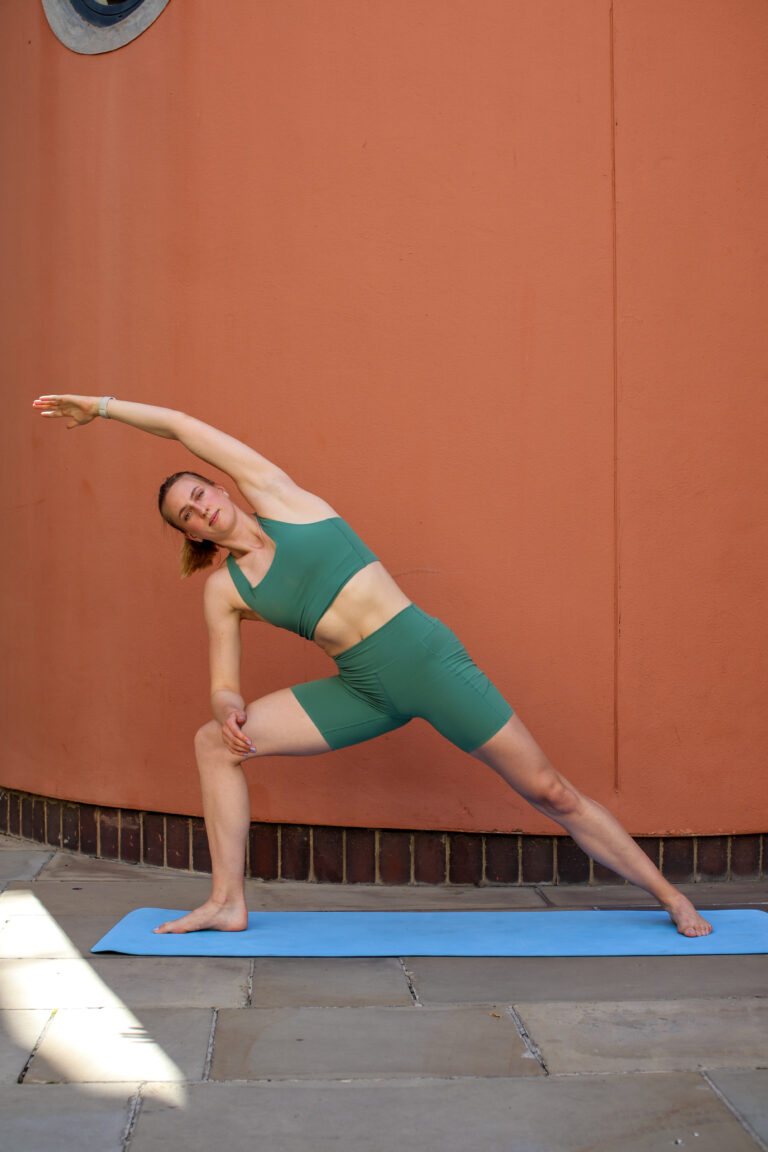
My Ultimate 15-Minute "Undo the Day" Routine
Alright, it’s time for the routine itself. I want you to think of this as a follow-along guide. I’m going to walk you through each of the six movements, just like I would if you were a client in front of me. For each one, I’ll explain why I love it, how to do it, and how long to perform it for. Find a quiet space, take a deep breath, and let’s get moving.
- Cat-Cow (Hold: 2 minutes total)
Why I love this stretch: This is the first movement I give to almost every client. It’s a gentle, beautiful way to wake up your spine. After being locked in one position all day, your spine is desperate to move. This exercise takes it through its full range of flexion and extension, lubricating the joints and releasing tension in your back.
How to do it: Start on your hands and knees in a tabletop position. Your hands should be directly under your shoulders and your knees directly under your hips. Inhale as you drop your belly towards the floor, lift your chest and chin, and look up towards the ceiling. This is the “Cow” position. Exhale as you round your spine up towards the ceiling, tucking your chin to your chest and pressing the floor away from you. This is the “Cat” position. Move slowly and mindfully between these two positions, letting your breath guide the movement. Don’t force anything; just explore the range of motion you have.
- The World’s Greatest Stretch (Hold: 3 minutes total – 90 seconds per side)
Why I love this stretch: It’s called the World’s Greatest Stretch for a reason! If you only have time for one stretch, this is the one I would choose. It is a true all-in-one movement that targets almost every area that gets tight from sitting: your hip flexors, your hamstrings, your glutes, and your thoracic spine (your mid-back).
How to do it: Start in a standing position. Step your right foot forward into a long lunge, placing both hands on the floor inside your right foot. Your back leg should be straight. From here, drop your right elbow down towards the inside of your right foot (only go as far as you can). Then, twist your torso to the right and reach your right arm up to the ceiling, following your hand with your eyes. Bring your hand back down to the floor and repeat the twist. After about 90 seconds of slow, controlled movement, switch sides. If you’re not sure how to do this one, it’s worth looking up a video. In fact, you can find video demonstrations of this and all these stretches in the exercise library of the 12reps app.
- Glute Bridge (Hold: 2 minutes total – perform for reps)
Why I love this stretch: This is more of an activation exercise than a stretch, and it’s crucial. When you sit all day, your glute muscles get weak and lazy. We call this “glute amnesia.” This exercise wakes them up and reminds them how to work, which is vital for supporting your lower back and preventing pain.
How to do it: Lie on your back with your knees bent and your feet flat on the floor, about hip-width apart. Your arms should be by your sides with your palms down. Squeeze your glutes and lift your hips off the floor until your body forms a straight line from your shoulders to your knees. Hold for a second at the top, squeezing your glutes hard, and then slowly lower your hips back down. Perform this for slow, controlled repetitions for two minutes.
- Kneeling Hip Flexor Stretch (Hold: 2 minutes total – 60 seconds per side)
Why I love this stretch: Your hip flexors are the muscles at the front of your hips, and they are the primary victims of sitting. They get incredibly short and tight, which can pull your pelvis forward and lead to lower back pain. This stretch directly counteracts that.
How to do it: Kneel on your right knee, with your left foot forward and your left knee bent at a 90-degree angle. Make sure your body is upright. Gently tuck your tailbone under and squeeze your right glute. You should feel a stretch in the front of your right hip. To increase the stretch, you can gently lean forward. Hold this position without bouncing for 60 seconds, then switch sides.
5, Butterfly Groin Stretch
Hold: 2 minutes total (60 seconds per side)
Why I like this stretch:
It targets the inner thighs and hips, which often get tight from sitting or leg workouts. It’s simple but effective for improving flexibility and posture.
How to do it:
Sit on the floor and bring the soles of your feet together.
Hold your feet with both hands and let your knees drop toward the ground.
Keep your back straight and core engaged.
Gently press your knees down for a deeper stretch.
Hold for 60 seconds, relax, then repeat if needed.
- Neck Rolls & Tilts (Hold: 2 minutes total)
Why I love this stretch: We hold so much tension in our necks, especially now with “tech neck” from looking down at phones and computers. This gentle series of movements helps to release that tension and restore range of motion.
How to do it: Sit or stand in a comfortable, tall position. Gently drop your right ear towards your right shoulder and hold for 30 seconds. Then, slowly roll your chin down to your chest and over to the left side, dropping your left ear towards your left shoulder. Hold for 30 seconds. Finally, return to the center and gently tuck your chin to your chest, feeling a stretch in the back of your neck. Hold for 30 seconds. Repeat this sequence for the full two minutes. Be very gentle with these movements; the neck is a delicate area.
When and How I Tell My Clients to Use This Routine
Now that you have the routine, let’s talk about how to fit it into your life for the best results. The timing and consistency are just as important as the exercises themselves. First, it’s helpful to understand the two main types of stretching. Dynamic stretching involves active movements where your joints and muscles go through a full range of motion. Think of things like leg swings or arm circles. This type of stretching is best done before a workout as part of your warm-up. It prepares your body for exercise.
This 15-minute routine, on the other hand, is made up mostly of static stretches, where you hold a position for a period of time. Research has consistently shown that holding stretches for at least 30 seconds is effective for increasing flexibility. [1] Because of this, this routine is perfect for the end of the day. It’s a way to decompress and undo all the stiffness that has built up. It’s also excellent to do after a workout, as your muscles are already warm and receptive to stretching. You can also use it on your rest days as a form of active recovery.
But the single most important piece of advice I can give you is this: consistency is everything. You will get far, far better results by doing this 15-minute routine 3 to 5 times a week than you will by doing one long, 60-minute stretching session on a Sunday. It’s about creating a habit. It’s about sending a regular signal to your body that you want it to be mobile and flexible. Think of it as the daily oil that keeps your body’s engine running smoothly. It’s a small investment of time that pays huge dividends in how you feel and move. Your future self will thank you for it.
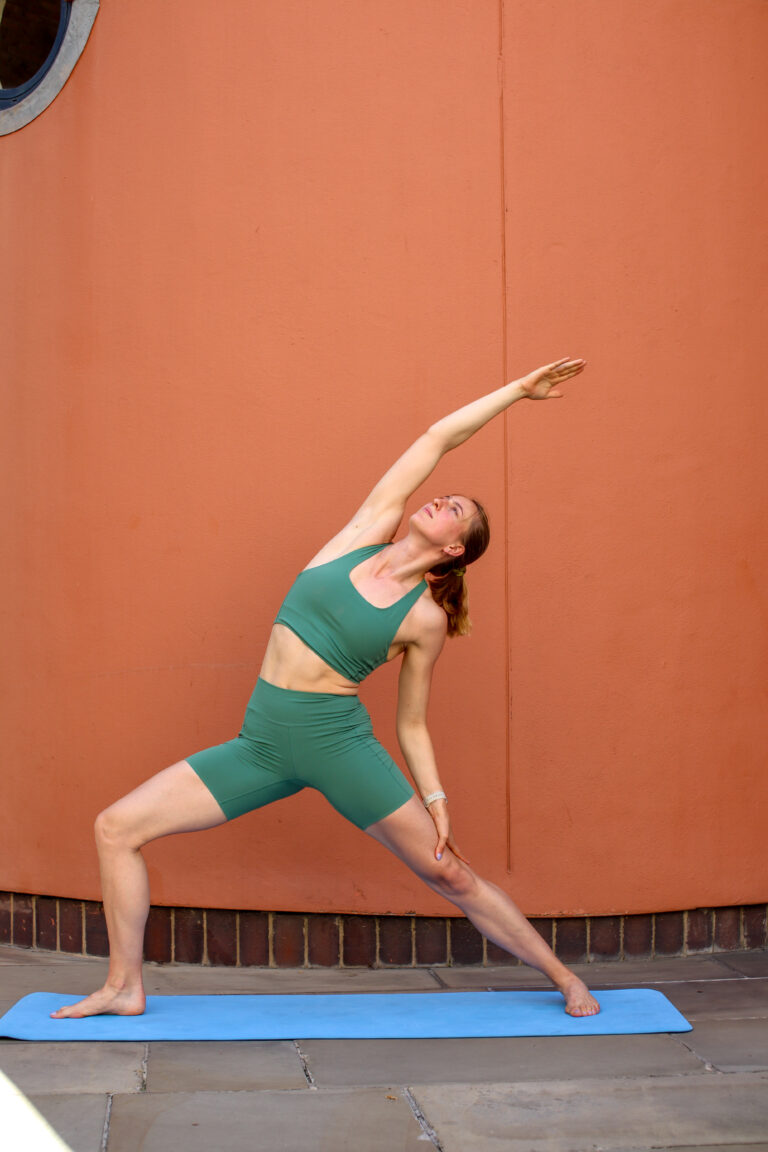
Conclusion
My message to you is simple. That stiffness you feel, that groan when you stand up—it is not an inevitable part of aging that you just have to accept. It is a sign that your body needs a different kind of attention. A short, consistent stretching and mobility routine is one of the most powerful tools you have to fight back against the aches and stiffness of modern life. It’s simple, it’s quick, and as I hope you’ll soon discover, it is incredibly effective.
I want you to feel empowered. I want you to know that you are in the driver’s seat. You have proactive control over how you feel and move every single day. You don’t have to be a victim of your desk chair. By dedicating just 15 minutes to this routine, you are making a profound investment in your long-term health and well-being. You are choosing to be a person who moves with freedom and without pain.
Ready to feel better and move more freely? I encourage you to make this routine a non-negotiable part of your week. Start your free trial on the 12reps app and add this routine to your weekly plan. Let’s get moving.

References
- [1] Bandy, W. D., & Irion, J. M. (1997). The effect of time and frequency of static stretching on flexibility of the hamstring muscles. Physical Therapy, 77(10), 1090-1096. https://pubmed.ncbi.nlm.nih.gov/9327823/
- [2] Page, P. (2012). Current concepts in muscle stretching for exercise and rehabilitation. International Journal of Sports Physical Therapy, 7(1), 109–119. https://www.ncbi.nlm.nih.gov/pmc/articles/PMC3273886/
- [3] American College of Sports Medicine. (2021). ACSM’s Guidelines for Exercise Testing and Prescription (11th ed.). Wolters Kluwer. https://www.acsm.org/education-resources/books/acsms-guidelines-for-exercise-testing-and-prescription

